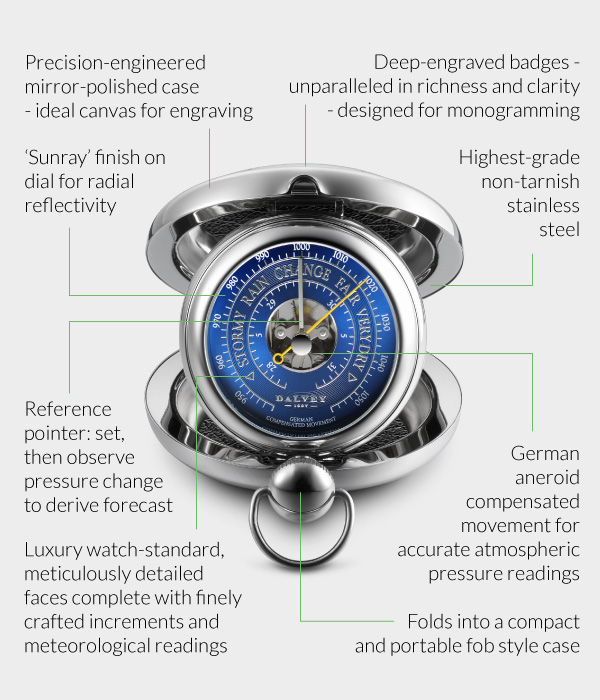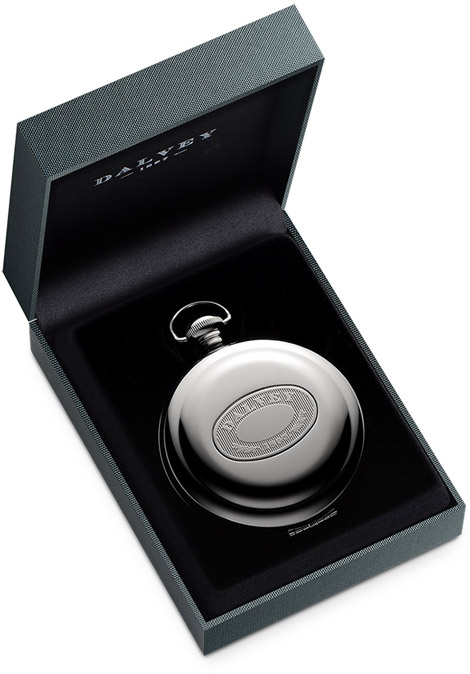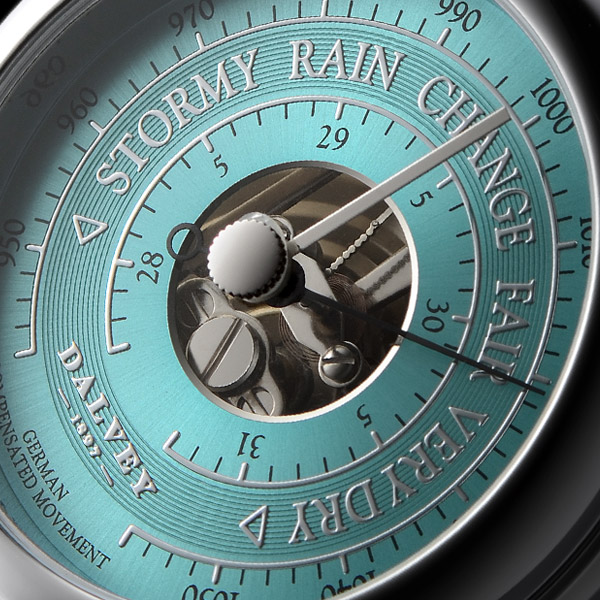Horror vacui
The barometer is widely credited as the invention of Evangelista Torricelli, who built the first working version of a mercury barometer in 1643. In fact, Descartes is credited with having conceived of the barometer some years previously but is not thought to have built such an instrument.
There would be no barometer without the recognition that a vacuum is possible in nature – contra Aristotle’s assertion of the horror vacui, or nature’s abhorrence. In the Seventeenth Century it was assumed – even by Galileo – that air had no weight. The proof that this was not in fact the case emerged from a very practical exigency: Tuscan miners were struggling to pump water over a vertical distance of 12m, using suction pumps, but found that they could only raise the water by 10.3m…
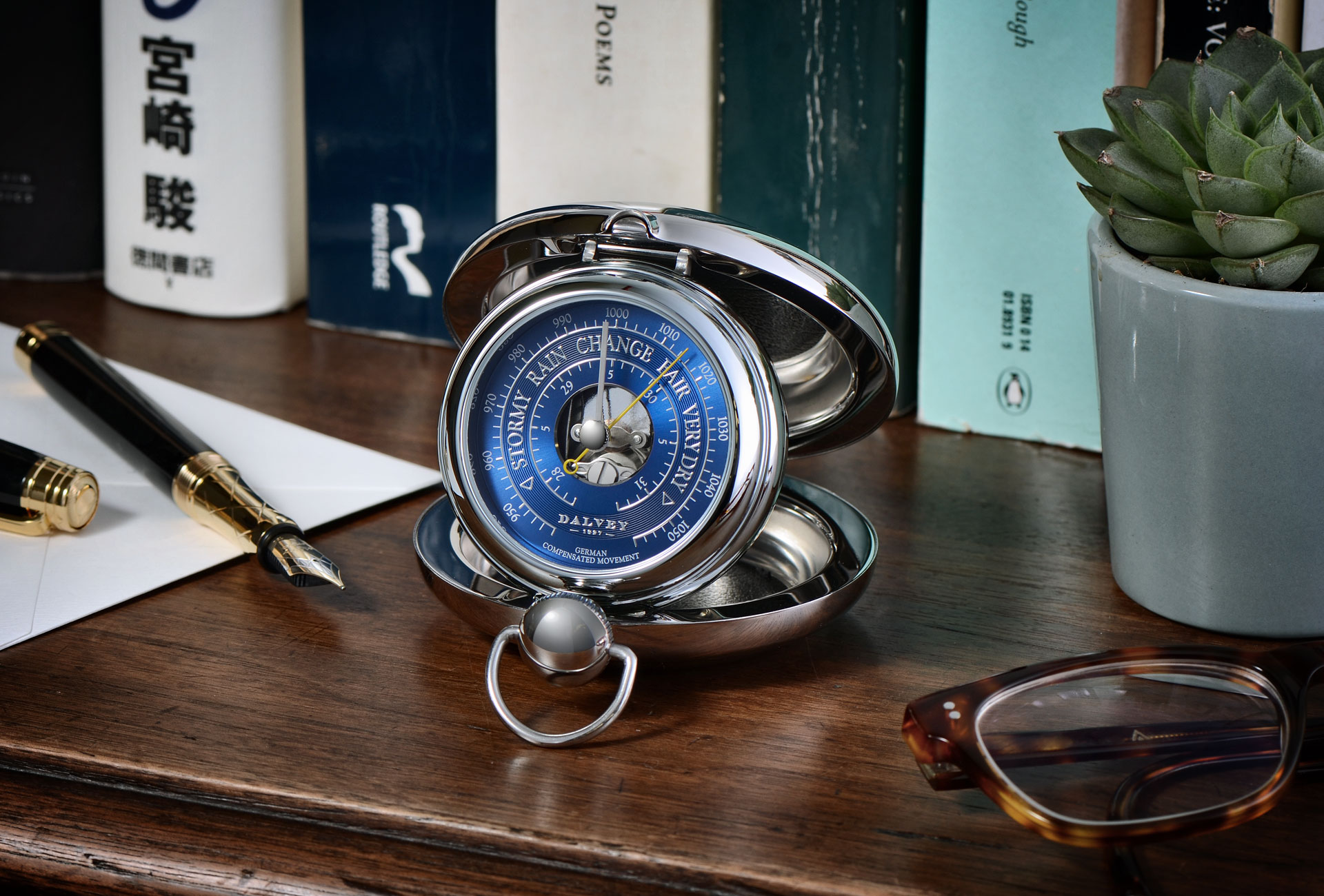
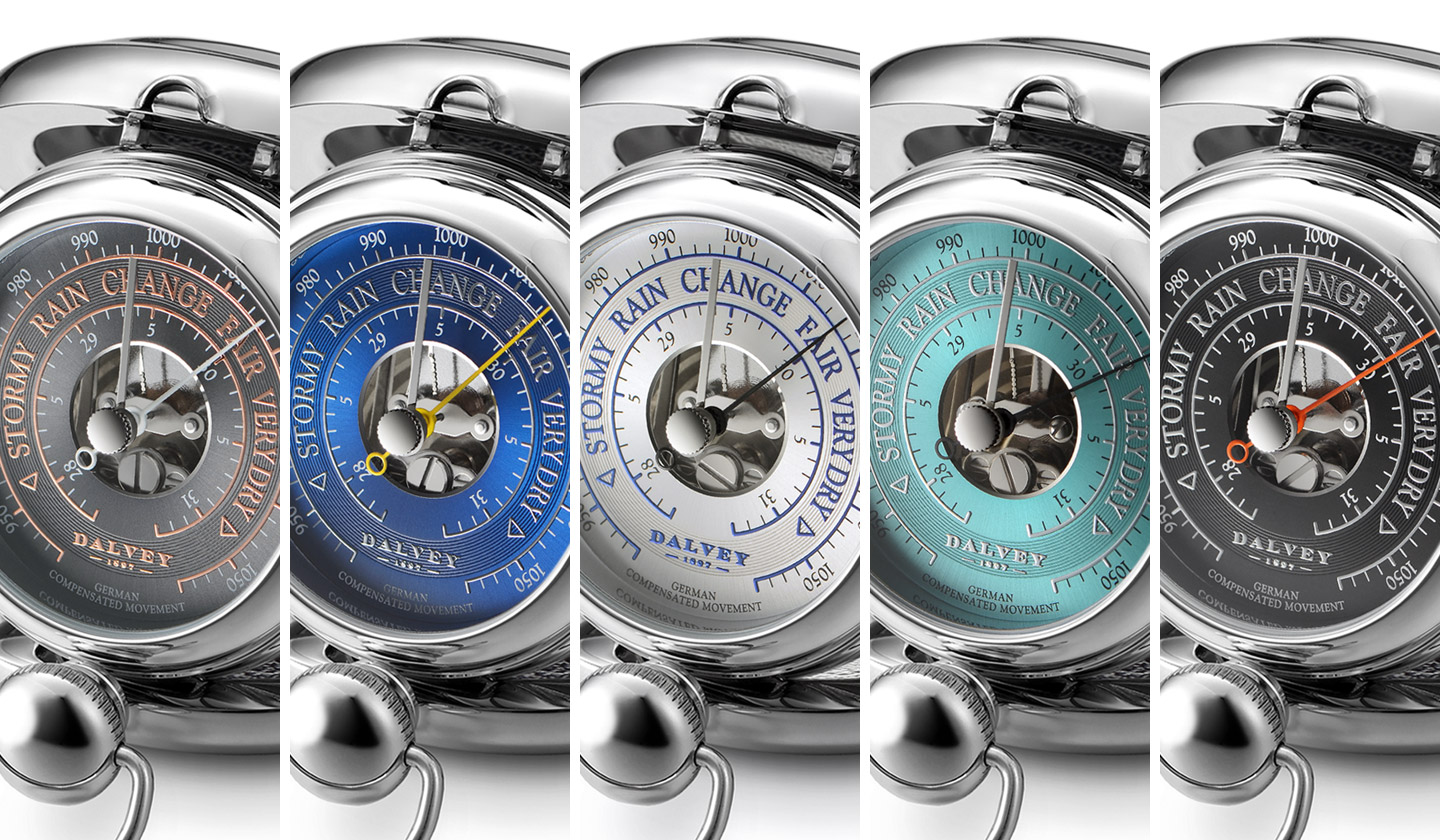

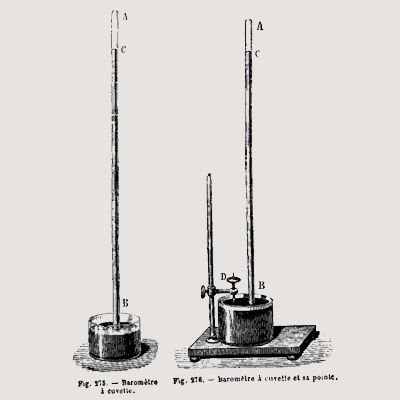
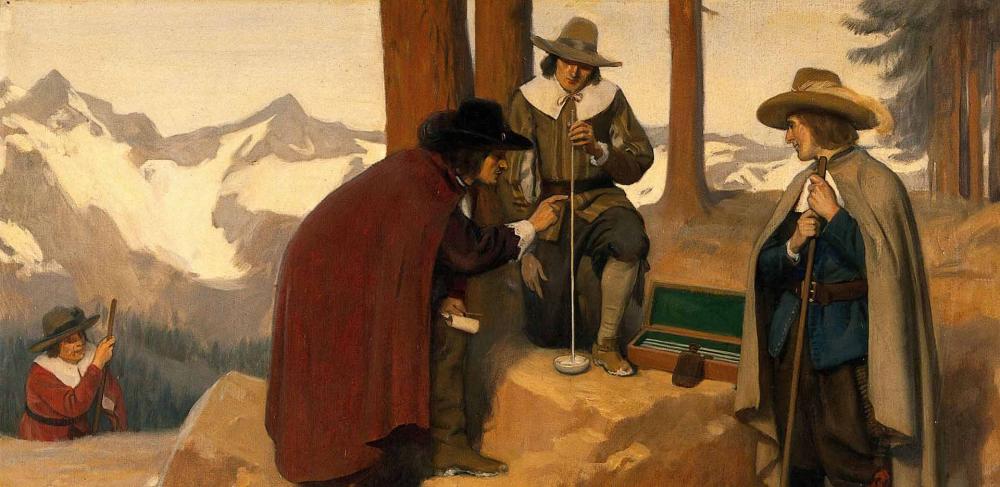
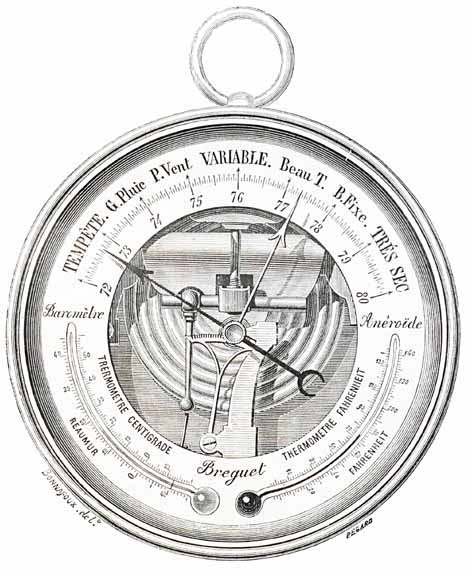
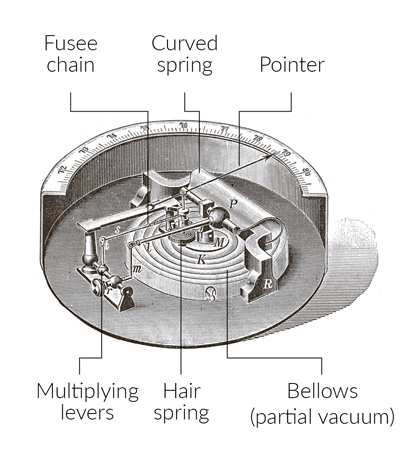
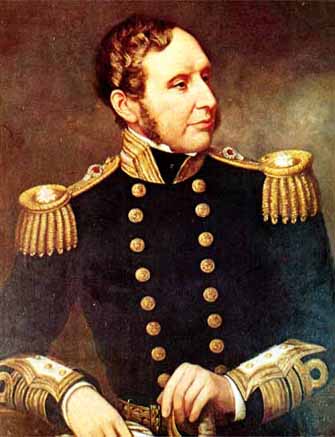
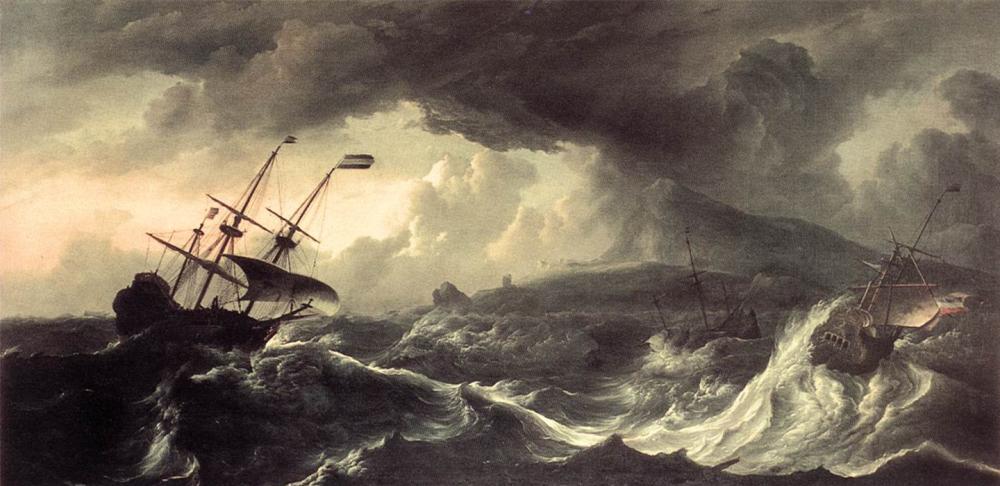
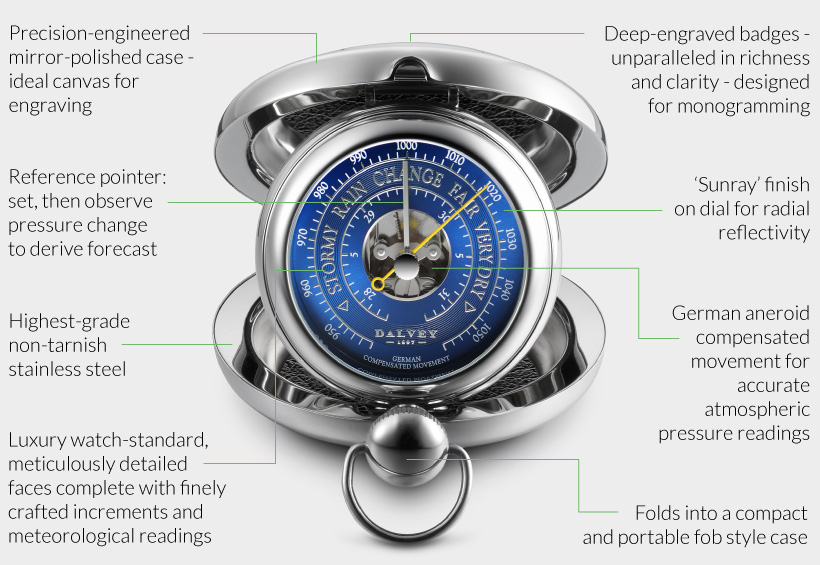
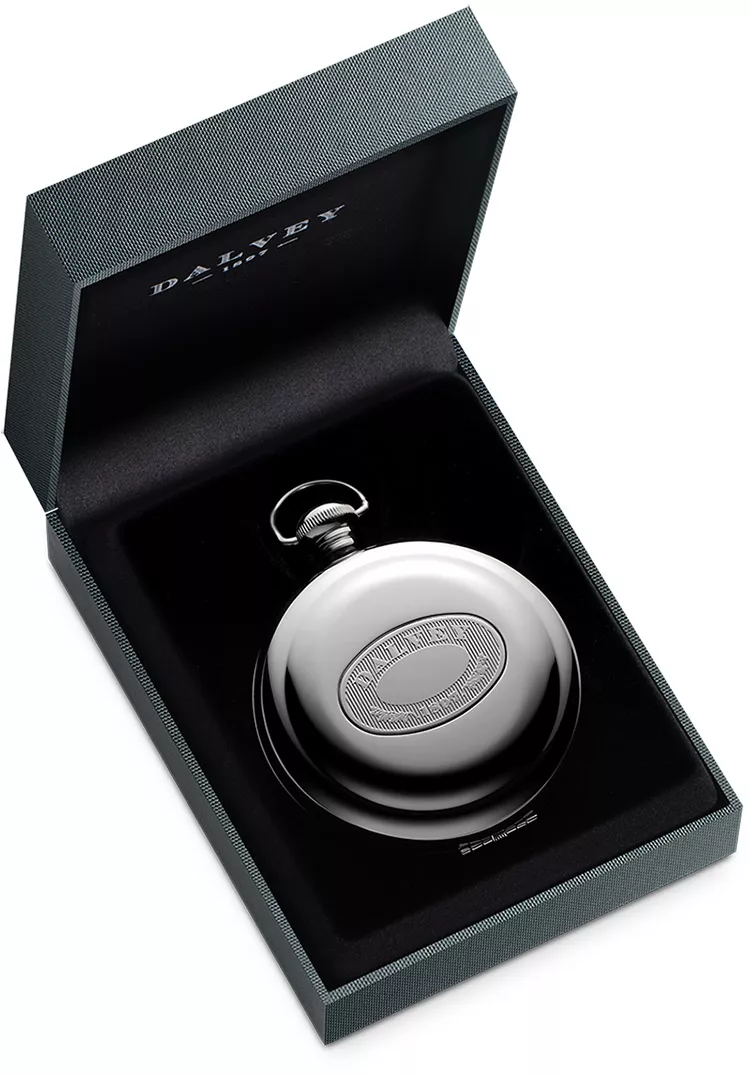
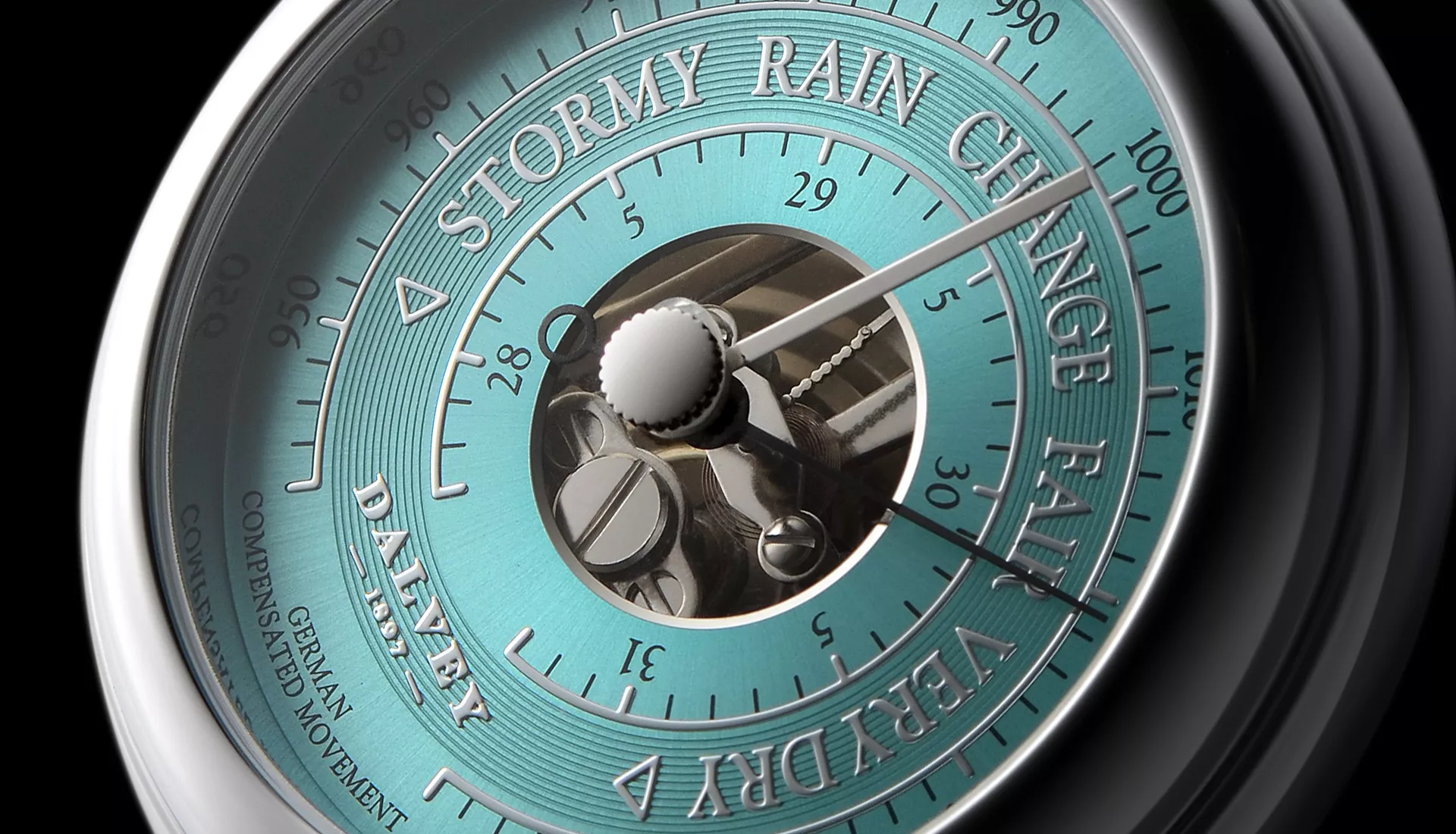
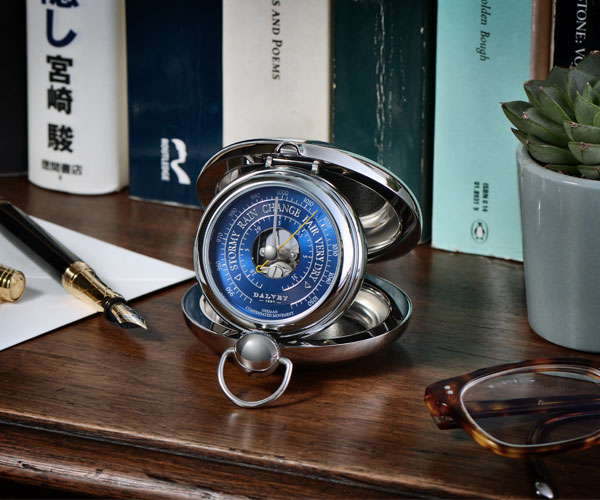
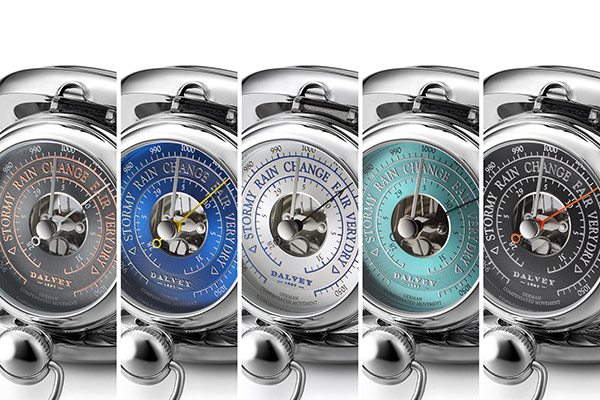

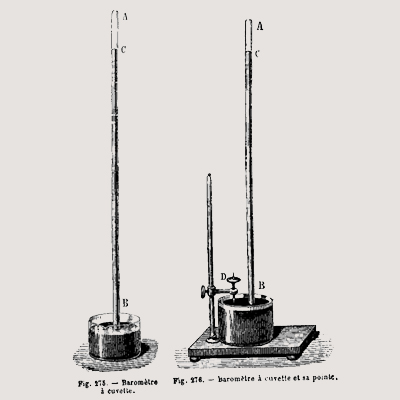
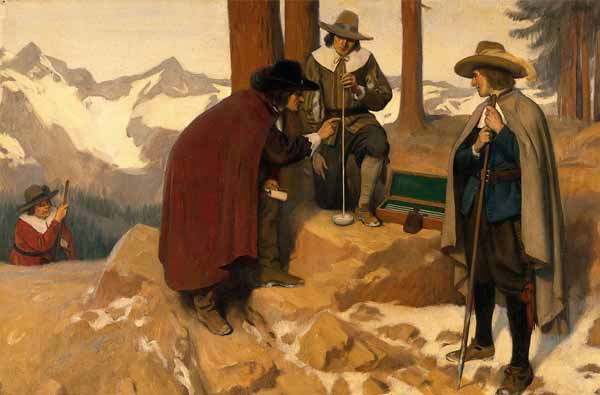
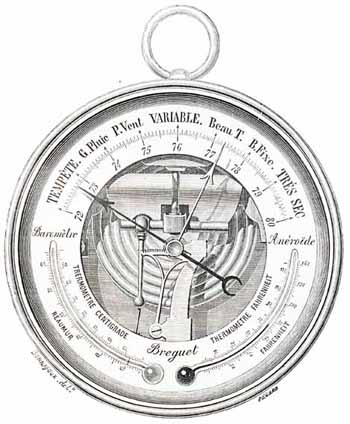
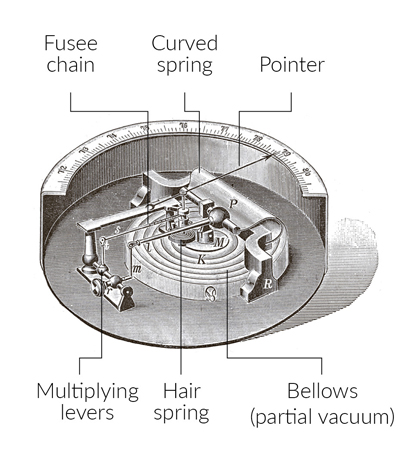

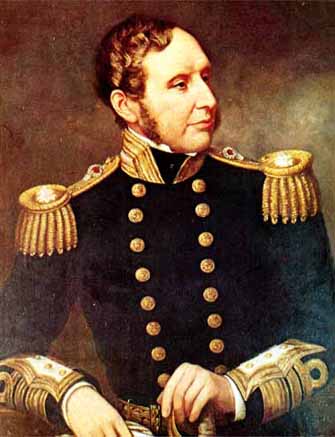
 <
<
